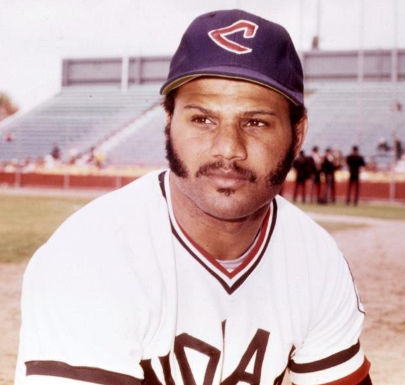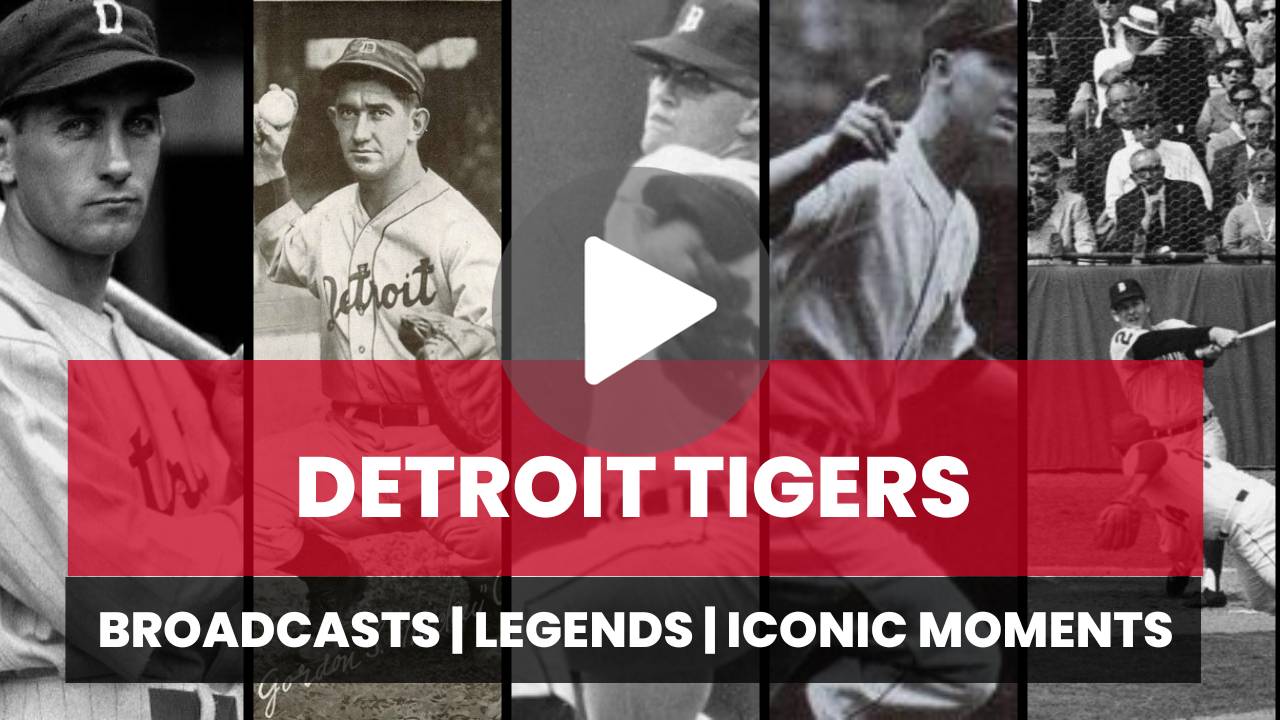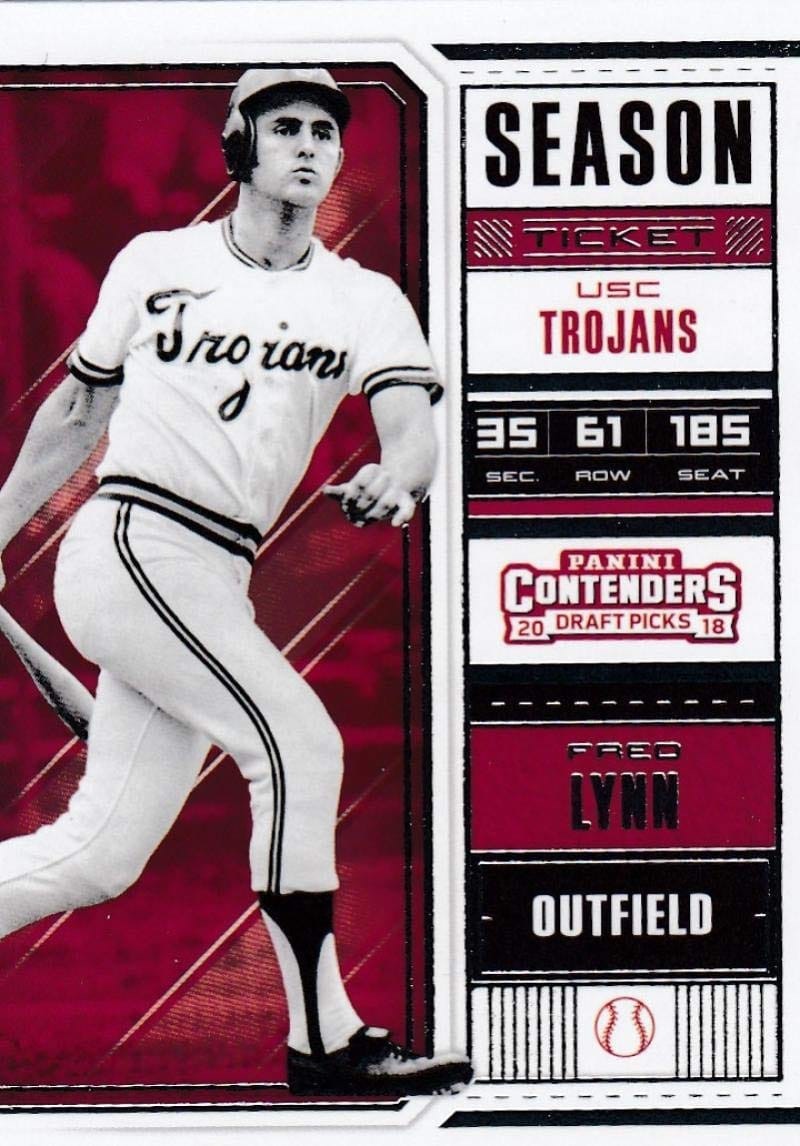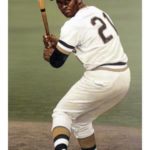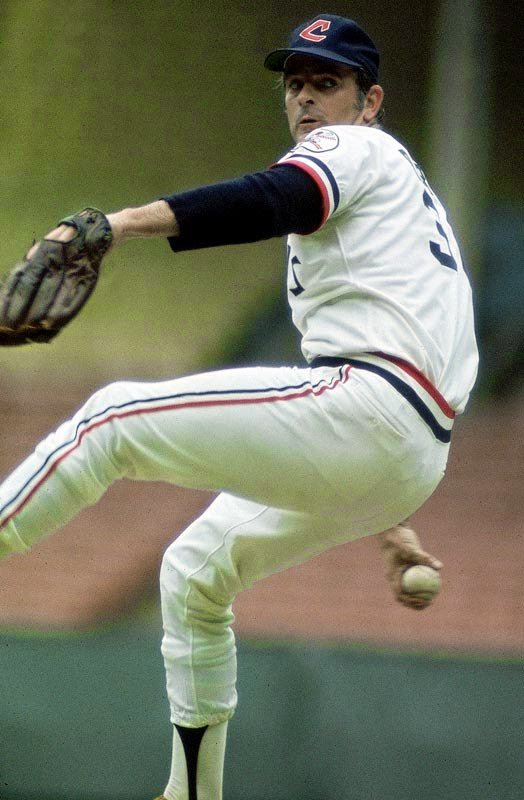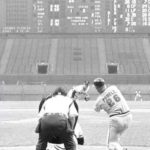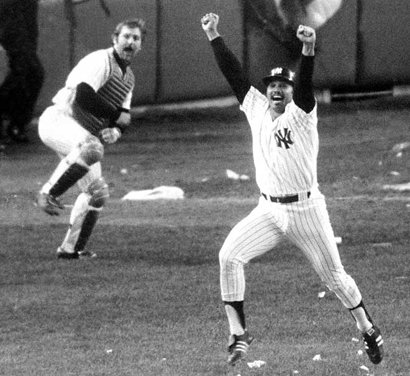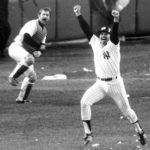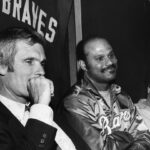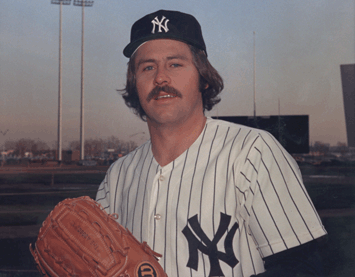Chris Chambliss Stats & Facts
Chris Chambliss
Position: First Baseman
Bats: Left • Throws: Right
6-1, 195lb (185cm, 88kg)
Born: December 26, 1948 in Dayton, OH us
High School: Oceanside HS (Oceanside, CA)
Schools: MiraCosta College (Oceanside, CA), Montclair State University (Montclair, NJ), University of California, Los Angeles (Los Angeles, CA)
Debut: May 28, 1971 (13,136th in major league history)
vs. CHW 1 AB, 0 H, 0 HR, 0 RBI, 0 SB
Last Game: May 8, 1988
vs. TEX 1 AB, 0 H, 0 HR, 0 RBI, 0 SB
Full Name: Carroll Christopher Chambliss
Pronunciation: \CHAMM-bliss\
View Player Info from the B-R Bullpen
View Player Bio from the SABR BioProject
Nine Players Who Debuted in 1971
Chris Speier
Chris Chambliss
Ron Cey
George Hendrick
Dave Kingman
Jon Matlack
Doyle Alexander
Cecil Cooper
Darrell Porter
Notable Events and Chronology
Biography Chris Chambliss
Quiet, calm, and even-tempered, Chris Chambliss served as a pillar of strength and stability on the turbulent New York Yankee teams that captured three consecutive American League pennants and two world championships during the late 1970s. Chambliss’ calm demeanor stood in stark contrast to the volatile personalities of team owner George Steinbrenner, Yankee manager Billy Martin, and New York’s most prominent player, slugging outfielder Reggie Jackson, allowing the husky first baseman to establish himself as a voice of reason in the Yankee clubhouse. Meanwhile, the former A.L. Rookie of the Year’s clutch-hitting and consistent play also helped him become one of the team’s leaders on the field.
Born in Dayton, Ohio on December 26, 1948, Carroll Christopher Chambliss moved to California with his family during his formative years. After graduating from Oceanside High School in 1967, the 18-year-old Chambliss was drafted by the Cincinnati Reds for the first of two times. Selected by Cincinnati again in 1969, Chambliss elected to stay in school and attend UCLA one more year before finally signing with the Cleveland Indians, who selected him with the first overall pick of the 1970 amateur draft.
Chambliss began his professional baseball career in style, leading the American Association in hitting with a mark of .342 at Wichita in 1970. In so doing, he became the first player to lead that particular league in batting in his first pro season. After making his major league debut with the Indians on May 28 of the following year, Chambliss went on to bat .275, hit nine home runs, and drive in 48 runs over the season’s final four months to earn American League Rookie of the Year honors.
Chambliss led Cleveland in batting in each of the next two seasons with averages of .292 and .273, respectively, before being dealt to the Yankees just 17 games into the 1974 campaign as part of a huge seven-player trade that drew a great deal of criticism from both the New York media and the players in the Yankee clubhouse. Yankee GM Gabe Paul, who served the Indians in the very same capacity just a few years earlier when Chambliss first signed with Cleveland, believed that the young first baseman had a bright future ahead of him. However, many of Chambliss’ new teammates were displeased by his arrival since Paul traded away four members of the Yankee pitching staff to acquire Cleveland’s steadiest hitter, along with pitchers Dick Tidrow and Cecil Upshaw. To show their displeasure, some of the veterans on the club treated Chambliss indifferently when he first joined the team, making his adjustment to the big city even more difficult than it otherwise would have been. The sensitive first baseman’s performance suffered as a result, as Chambliss hit just six home runs, drove in only 43 runs, and batted just .242 in 400 at-bats in his first year with the Yankees.
Rumors subsequently circulated during the off-season that Chambliss’ days in New York might be numbered. Many members of the media speculated that the Yankee brass had concerns as to whether or not Chambliss would be able to adjust to playing in New York, and as to whether or not his gap-to-gap approach to hitting would ever allow the 6’1″, 205-pounder to successfully zone in on Yankee Stadium’s short right-field porch with his left-handed swing. Although Chambliss failed to fully develop his power stroke in 1975, hitting just nine home runs, he proved his critics wrong over the course of the season, driving in 72 runs, batting .304, leading the team with 38 doubles, and establishing himself as New York’s first baseman of the future.
Following up on his solid performance, Chambliss began a string of three consecutive seasons in 1976 in which he was arguably the team’s most consistent and reliable hitter. In helping the Yankees win three straight A.L. championships, Chambliss hit 17 homers twice, averaged 92 runs batted in a year, and posted batting averages of .293, .287, and .274 from 1976 to 1978. Extremely durable as well, he missed just 11 games over that three-year stretch, while also establishing himself as one of the top defensive first basemen in the game. Chambliss’ league-leading .997 fielding average earned him a Gold Glove Award in 1978. He had probably his finest all-around year, though, in 1976, when he earned his only selection to the American League All-Star Team and finished fifth in the league MVP voting.
Still, as the author of one of the most dramatic home runs in baseball history, Chambliss is best-remembered for his heroics during the 1976 postseason. After having worn out Kansas City pitching throughout the entire series, Chambliss led off the bottom of the ninth inning of Game Five of the ALCS against the Royals, with the score all tied at 6-6. Facing hard-throwing Kansas City reliever Mark Littell, Chambliss homered on the inning’s first pitch, ending New York’s 12-year pennant drought and sending Yankee Stadium into a frenzy. Chambliss later recalled, “My first thought was that I hit a home run. Then I realized it was the ninth inning, the game was over, and we’d won the championship. Then I thought, ‘Oh no, the people are on the field.’ I was in the middle of a mass of people and when I fell to the ground, it was scary.”
Chambliss’ pennant-clinching blast was his second home run of the series, and it culminated a brilliant performance in which he batted .524 and either tied or broke five LCS records, including hits (11) and RBIs (8). Although Cincinnati subsequently swept the Yankees in the World Series, Chambliss again played well, batting .312 and collecting five hits in the four games.
Chambliss remained a steady contributor in each of the next two seasons, driving in 90 runs in both 1977 and 1978 as the Yankees won back-to-back World Series titles. However, his contributions to the team could not be measured by statistics alone. On a team fraught with turmoil and friction, Chambliss remained as steady as a rock, always providing a calming influence. While George Steinbrenner battled with Billy Martin, Martin fought with Reggie Jackson, and Jackson argued with Thurman Munson, among others, even-tempered men such as Chambliss, Catfish Hunter, Roy White, and Willie Randolph helped to hold the team together.
Nevertheless, after Chambliss hit 18 home runs and batted .280 in 1979, the Yankees traded their first baseman to Toronto at the end of the year. The Blue Jays, though, quickly sent Chambliss to Atlanta, where he spent the next seven seasons. After hitting a career-high 20 homers in both 1982 and 1983, Chambliss gradually evolved into one of the National League’s top pinch-hitters – a role he embraced his final two seasons, before retiring at the conclusion of the 1986 campaign. Chambliss ended his career with 185 home runs, 972 runs batted in, 912 runs scored, 2,109 hits, and a .279 batting average. After retiring as an active player, Chambliss returned to New York as the Yankees’ hitting coach in 1988. He remained in that position for more than a decade before being relieved of his duties at the end of the 2000 season. He later fulfilled that same role with the New York Mets and the Cincinnati Reds. He currently is the manager of the Triple A Charlotte Knights.
@ET-DC@eyJkeW5hbWljIjp0cnVlLCJjb250ZW50IjoicG9zdF90YWdzIiwic2V0dGluZ3MiOnsiYmVmb3JlIjoiTGVhcm4gTW9yZSBhYm91dCB0aGUgdGVhbXMsIHBsYXllcnMsIGJhbGwgcGFya3MgYW5kIGV2ZW50cyB0aGF0IGhhcHBlbmVkIG9uIHRoaXMgZGF0ZSBpbiBoaXN0b3J5IC0gLSAtIC0gLSAtIC0gIiwiYWZ0ZXIiOiIiLCJsaW5rX3RvX3Rlcm1fcGFnZSI6Im9uIiwic2VwYXJhdG9yIjoiIHwgIiwiY2F0ZWdvcnlfdHlwZSI6InBvc3RfdGFnIn19@
Factoids, Quotes, Milestones and Odd Facts
Played For
Cleveland Indians (1971-1974)
New York Yankees (1974-1979)
Atlanta Braves (1980-1986)
New York Yankees (1988)
Awards and Honors
1971 AL Rookie of the Year
1978 AL Gold Glove
Post-Season Appearances
1976 American League Championship Series
1976 World Series
1977 American League Championship Series
1977 World Series
1978 American League Championship Series
1978 World Series
1982 National League Championship Series
Factoid
Chris Chambliss’s cousin, Jo-Jo White, was a star in the National Basketball Association.
Hitting Streaks
19 games (1976)
19 games (1976)
17 games (1976)
17 games (1976)
15 games (1972)
15 games (1972)

